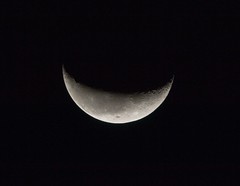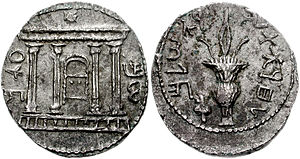A mythical Jesus, or a “nobody” Jesus.
I would like to know why the second would be so much preferable and acceptable to so many here than the first. I would like to have someone who so prefers to present us with the actual evidence for the second which is so much superior to the actual evidence for the first.
I would like to know just how one defines a “nobody” Jesus. Obviously, such a Jesus can be assigned virtually nothing that is portrayed of him in the Gospels, not just because it is now recognized that there is no history remembered in the Gospels, but if he were assigned anything remotely like we find in the Gospels, he wouldn’t be a “nobody.” If he is a “nobody” then he does not constitute the Jesus of Christianity, and would serve no purpose for it.
So why does everyone seem to get all warm and fuzzy for a “nobody” Jesus (at least, that’s what they convey), and foaming at the mouth against those who would postulate a mythical Jesus?
Or is this all a smokescreen? Will James McGrath tells us openly whether he subscribes to and finds acceptable the idea of a “nobody” Jesus? Will Mike Wilson? Tim O’Neill? Anyone else who regularly craps all over mythicism?
Earl Doherty
And by way of rejoinder to McGrath who wrote: Continue reading “A mythical Jesus, or a “nobody” Jesus”


